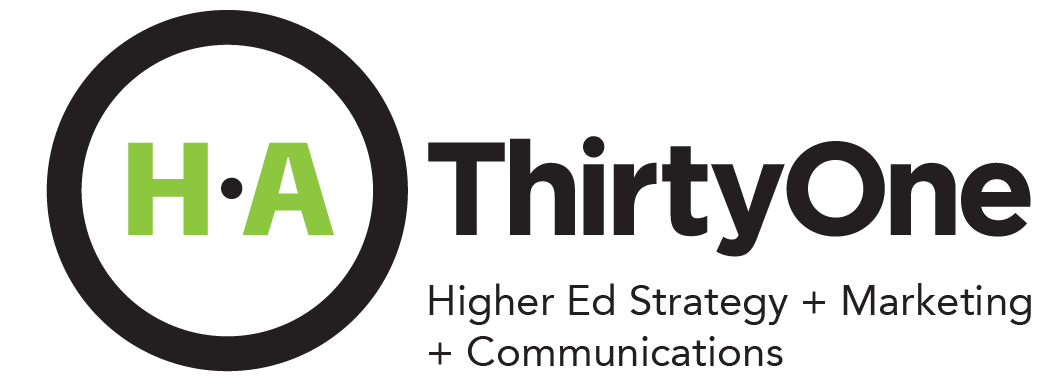My nine year old and I had a deep discussion last week on why the metric system is a much simpler and easier to use measurement system than the commonly used English system. He understood quickly as I explained the absurdity of many of our common measurements.
The conversation made me think of some of the equally confusing measurements used in enrollment management. I wish admissions offices (and higher education consultants) could use a codified standard when comparing and measuring marketing successes in enrollment communications. I’ve heard some wild claims of late from some enrollment leaders. Hyperbole is common in any profession. In higher education the litmus test comes quickly however. Still when I hear these outlandish claims that if you’re getting an 11 percent response rate, I think to myself, “you probably have a real loose definition of a response.”
I know baloney when I hear it because I’ve orchestrated nearly 600 student recruitment campaigns. I’ve earned the right to be skeptical. I’ve made mistakes — I’ve even accidentally done things that worked better than anticipated. It always catches up with you in enrollment management.
No one wants to admit that they are getting a 1 percent response rate, but that is the nominal rate of most direct response marketing campaigns. It’s OK. Many people don’t even know their number.
I know 11 percent. I know 31 percent, which is the personal best that our team has performed. I know the kinds of schools that get 31 percent and the ones that get 20 percent, and the ones that are happy when they get two percent. Most schools get less than five percent on their responses when we first start working with them.
When I peeled back the onion recently of an 11 percent claim I found that what was really happening was that 11 percent of the school’s emails were being opened. This is the norm. Nothing special here. This is not what I would call an 11 percent response rate to a student search campaign.
Further investigation into response rates revealed that some people are also measuring the visit rate to landing pages–others the actual submission of request for more information.
What are you measuring? Email open rate? Landing page visit rate, submit rate? Mail-the-BRC back rate? Conversion from inquiry to enrollee rate?
One of the most rewarding successes for our team has been taking a school from a two percent response rate to an eight percent in our third student search campaign with them.
Many people will present the numbers that sound good, but in the world of enrollment management, the smoke will eventually clear and mirrors will ultimately reveal the incoming freshman class. And you can’t get very creative when measuring this number.
Let us help with a reality-based analysis of where your efforts stand today…so that you’re not surprised later.
